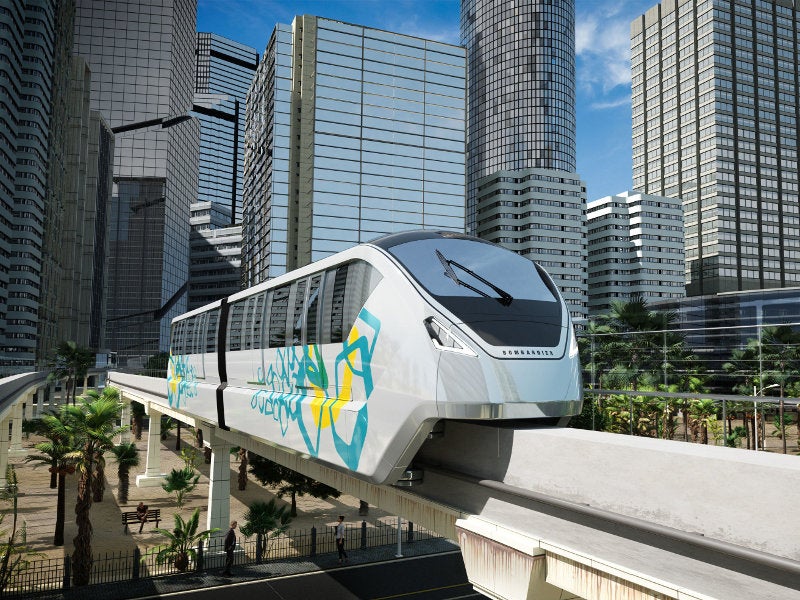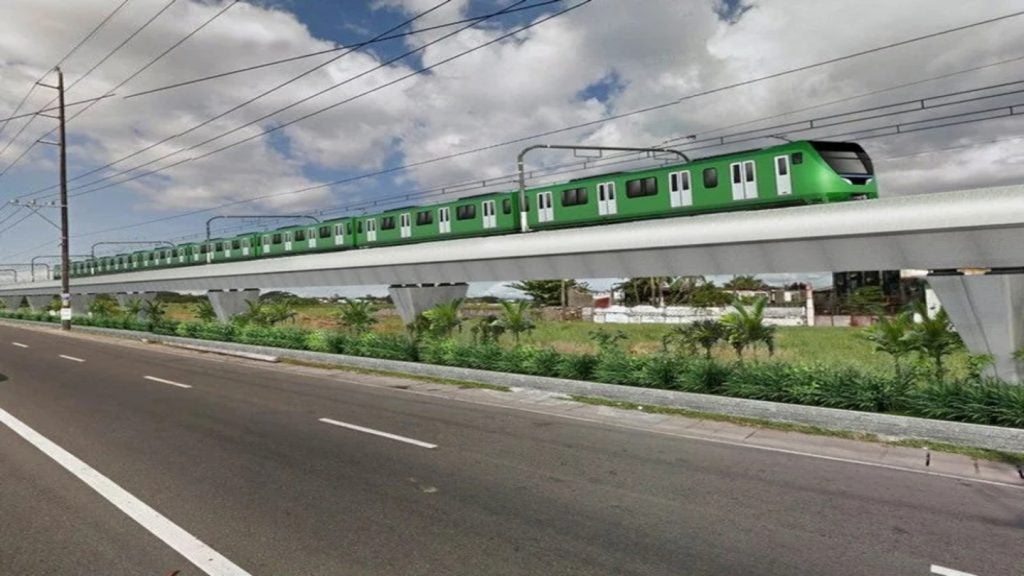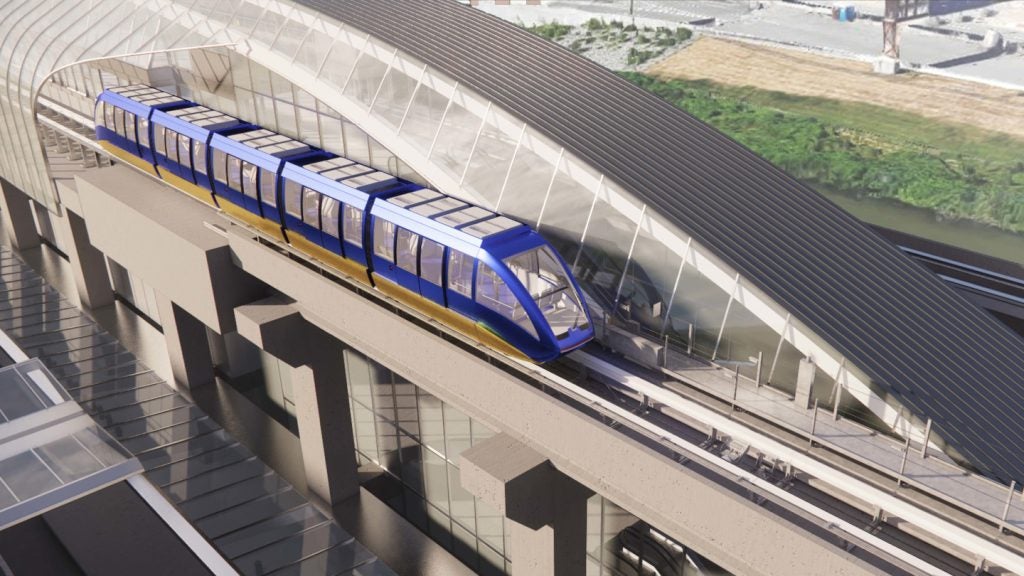The Euston Station Redevelopment Project aims to transform Euston Station, London’s first intercity station, into a modern transport hub for providing high-speed rail services from London, UK, to the Midlands, the north and Scotland.
The £2.25bn ($3.47bn) redevelopment is part of the High Speed 2 (HS2) Railway project, a new high-speed railway line being developed between London and the West Midlands. The plan for the first phase of the HS2 project envisages a complete rebuild of Euston station, including all its existing platforms.
HS2 Ltd, the company responsible for developing and promoting the UK’s new high-speed rail network, submitted the planning proposal of the station redevelopment to parliament in September 2015.
A new modern station would provide a user-friendly terminus for the HS2, as well as for the existing railway services, in addition to acting as a catalyst for the wider development and improvement of the area.
The preliminary construction works began with the demolition of existing structures around the station site in 2017. Phase one is scheduled for completion in 2026, and phase two in 2033.
Euston Station Redevelopment project background
The sixth busiest railway station in the UK, Euston was opened in 1837 and currently serves more than 40 million passengers a year, twice compared with its design capacity. It underwent major upgrades in the 1960s to replace the old buildings with the current ones.
The station features 18 platforms and a concourse/retail area and is currently served by the Victoria and Northern Line Underground services.
Due to the significant increase in passenger traffic over the years, the facilities at the station and its links with the London Underground network have posed an unsustainable challenge.
The plan to include the station redevelopment in the HS2 Bill by means of an additional provision (AP) created an opportunity to transform the station, which will enable it to continue its historic role as a gateway between London and rest of the nation.
Benefits of Euston Station Redevelopment project
The redevelopment will result in a significant boost to the Euston and the London Borough of Camden areas. Residential, business, public spaces and community facilities could be created above the new platforms, allowing direct access to pedestrians between Melton Street and Eversholt Street.
Passengers will experience less crowding and improved connectivity between rail, bus and taxi services. Routes for walking and cycling through the local area would be created. Existing connections on the tube network would also be improved.
According to UK Department of Transport’s estimates, the project will contribute to the creation of 2,000 new jobs.
Design of Euston Station Redevelopment
The Euston Station Redevelopment includes the construction of a 25,260m² terminus and 11 new high-speed platforms housed in a hemispherical dome. The new station will be a light and airy destination, with one of its three entrances featuring a 38m (124.6ft) glass façade.
The design enables the creation of new streets across the station, which will connect the surrounding communities, encouraging the development of the neighbouring area.
London Blackfriars station in London, UK, underwent a major redevelopment programme and became a landmark station of operator Network Rail.
The new station will have provision for public spaces, including retail and food outlets. The existing platforms and concourses will also be renovated as part of the redevelopment. A minimum of 11 existing platforms will continue to serve the existing network, apart from the 11 new high-speed platforms.
The London Underground facilities will also be enhanced by adding new spaces and a new ticket hall that will be four times larger than the existing one. A subway to Euston Square station will provide direct access to the station for the first time. Access to taxis, cycles and buses will be improved.
Construction of Euston Station
The construction is planned to be performed in two phases to ensure less disruption to the existing services. The first phase will include the construction of six new 400m high-speed platforms and a concourse to the west of the station. Completion of this phase will support the opening of HS2 phase one between London and the Midlands.
The second phase, which will include the construction of five high-speed platforms and a concourse, will support the opening of HS2 phase two, which is planned between London and Leeds / Manchester.
Contractors involved in Euston Station Redevelopment
As the lead consultant, Arup is providing transport planning, structural, civil, mechanical and electrical engineering services along with highways engineering, utilities, geo-technics, fire and logistics planning for the project.
London-based architecture firm Grimshaw developed an incremental staged design for the project.
Ove Arup & Partners International was also contracted to support the station redevelopment.
HS2 selected Costain / Skanska joint venture as early works contractor and Mace / Dragados joint venture as a construction partner for the project.
HS2 contracted Lendlease to create a masterplan for the wider Euston site, which will support the construction of 4,000 new homes, along with shops, cafes and public spaces.











